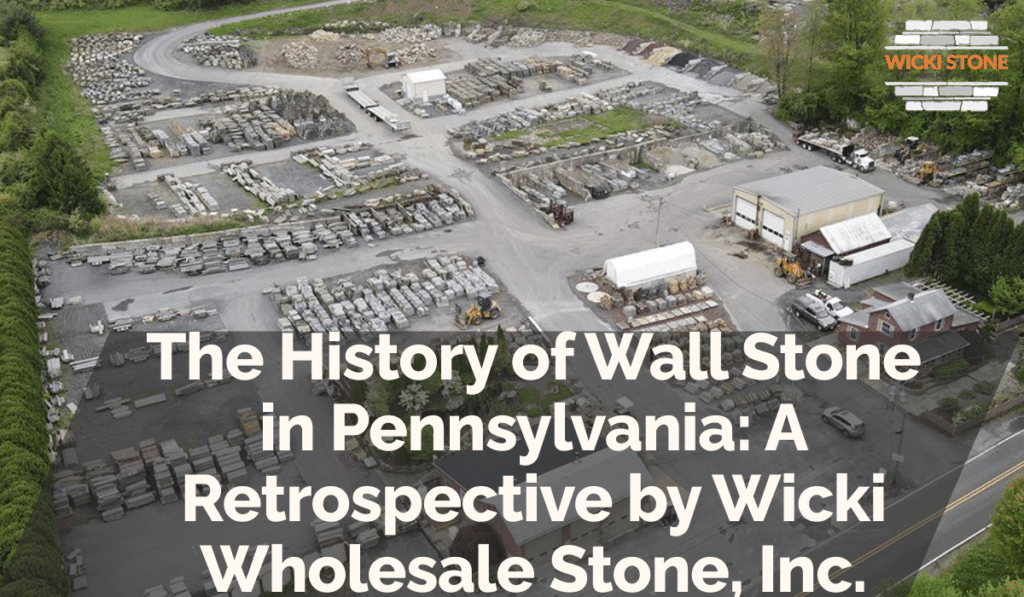
The History of Wall Stone in Pennsylvania: A Retrospective by Wicki Wholesale Stone, Inc.
For centuries, natural wall stone has been an integral part of Pennsylvania’s architectural landscape. This historical retrospective by Wicki Wholesale Stone, Inc. traces the incredible journey of wall stone from its primitive beginnings to its contemporary applications. Let’s delve deeper to unravel the story of wall stones and the transformation it has brought to the landscape of Pennsylvania.
The Earliest Uses of Stone
Wall stone’s history is intertwined with human civilization’s progress. Early settlers relied on locally sourced natural stone for constructing robust structures—a testament to which is apparent in the myriad ancient buildings that still stand strong today.
The Evolution of Stone Quarrying
As civilization advanced, so did the techniques employed in quarrying stone. It shifted from a labor-intensive process to one heavily reliant on machinery and technological advancements. This revolution not only boosted production levels dramatically but also extended the reach of Pennsylvania’s prized stone beyond local boundaries.
Industrial Revolution’s Impact
The Industrial Revolution played a significant role in this transformation. It introduced steam-powered machinery, which was a game-changer for the stone industry. Stone quarrying became more efficient, increasing output and reducing the time and labor involved in extracting and shaping stones.
Iconic Stone Structures in Pennsylvania
-
The State Capitol Complex: An architectural marvel constructed primarily from local stone, signifying the stone industry’s importance in the state’s development.
-
Frank Lloyd Wright’s Fallingwater: This iconic residence features natural stone prominently, reflecting Wright’s philosophy of harmonizing architecture with nature.
-
The Philadelphia Museum of Art: This magnificent edifice showcases Pennsylvania’s stone in all its glory, further beamoning its rich stone heritage.
Contemporary Uses of Wall Stone
In contemporary times, the demand for natural wall stone remains high, with its key application areas including home interiors, exteriors, landscapes, and commercial buildings. The stone’s inherent beauty, durability, and versatility make it a favorite in modern architecture.
Frequently Asked Questions
How has the quarrying technology evolved over the years?
From laborious manual processes to technologically advanced machinery, quarrying technology has witnessed a vast shift, increasing efficiency and output.
Why is natural stone preferred over manufactured ones?
Natural stone, being a product of nature, has a unique, intrinsic beauty that can’t be replicated by manufactured stone. Plus, it offers high durability and versatility in design.
Conclusion
The journey of wall stone in Pennsylvania is a testament to mankind’s evolving architecture and design tastes. Through centuries, the practicality and aesthetic appeal of wall stone have stood the test of time, defining Pennsylvania’s architectural identity. Even today, stones from Pennsylvania’s quarries continue to create landmarks, signifying their unending relevance in the world of architecture and design.
